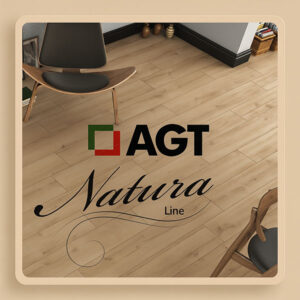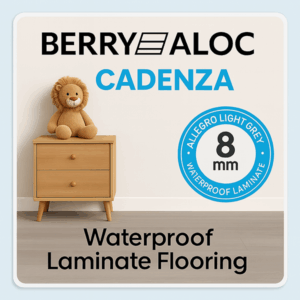Wooden flooring can add warmth and elegance to any space. However, it’s important to understand the cost factors before making a decision. From the type of wood to the installation process. There are several factors that can affect the price of wooden flooring. This guide will help you make an informed decision and choose the right flooring for your budget.
Grades of wood and their impact on price
The grade of wood used for your flooring can have a significant impact on the price. Higher grade wood, such as clear or select grade, will have fewer knots and imperfections, making it more expensive. Lower grade wood, such as rustic or character grade, will have more knots and imperfections, but can be a more affordable option. Keep in mind that the grade of wood can also affect the durability and lifespan of your flooring.
Width and thickness of planks
The width and thickness of the planks used for your wooden flooring can also affect the price. Wider planks are generally more expensive than narrower ones, as they require more wood to produce. Thicker planks can also be more expensive, as they are more durable and can last longer. However, thicker planks may not be necessary for all applications, so it’s important to consider your specific needs and budget when choosing the width and thickness of your wooden flooring.
Finishing options and their costs
The finishing options you choose for your wooden flooring can also affect the overall price. For example, a simple oil finish may be less expensive than a more complex staining and varnishing process. Additionally, certain types of wood may require more expensive finishing options to achieve the desired look and durability. It’s important to discuss your options with a professional. Furthermore, consider the long-term maintenance and upkeep costs when choosing your finishing options.
Installation methods and associated expenses
The installation method you choose for your wooden flooring can also impact the overall price. For example, a floating floor installation may be less expensive than a glue-down installation, but it may not be as durable in the long run. Additionally, if your subfloor requires preparation or repair before installation, this can add to the overall cost. It’s important to discuss your options with a professional and consider the long-term durability and maintenance costs when choosing your installation method.
When it comes to the price of wooden flooring, installation is a major factor to consider. The installation method you choose can impact the overall cost, as well as the durability and maintenance of your flooring. A floating floor installation, where the planks are not attached to the subfloor, may be less expensive than a glue-down installation, but it may not be as durable in the long run. Additionally, if your subfloor requires preparation or repair before installation, this can add to the overall cost. It’s important to discuss your options with a professional and consider the long-term costs when choosing your installation method. Keep in mind that the cost of installation may also vary depending on the size and complexity of the space, as well as the type of wood flooring you choose.
-
Sale!

AGT Bella Neo Laminate Flooring
Original price was: R619,00.R547,00Current price is: R547,00.Estimated delivery date 2025/10/25Select options This product has multiple variants. The options may be chosen on the product page -

AGT Natura 8mm Laminate Flooring
R550,00Estimated delivery date 2025/10/28Select options This product has multiple variants. The options may be chosen on the product page -
Sale!

Artfloor Urban 8mm Laminate Flooring
Original price was: R570,00.R378,00Current price is: R378,00.Estimated delivery date 2025/10/25Select options This product has multiple variants. The options may be chosen on the product page -

Berry Alloc Cadenza Laminate Flooring
R931,00Estimated delivery date 2025/10/25Select options This product has multiple variants. The options may be chosen on the product page -
Sale!

Berry Alloc Ocean 12 Laminate Flooring
Original price was: R1280,00.R1182,00Current price is: R1182,00.Estimated delivery date 2025/10/28Select options This product has multiple variants. The options may be chosen on the product page




